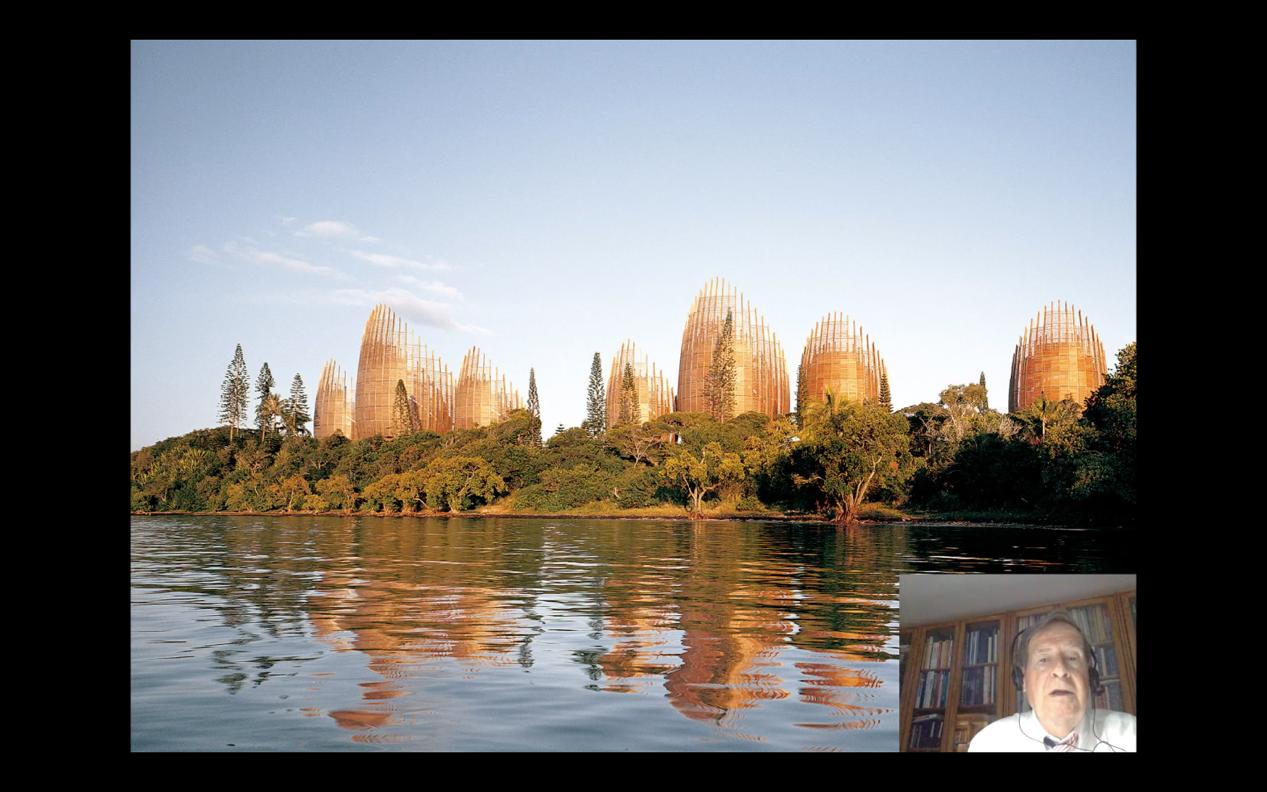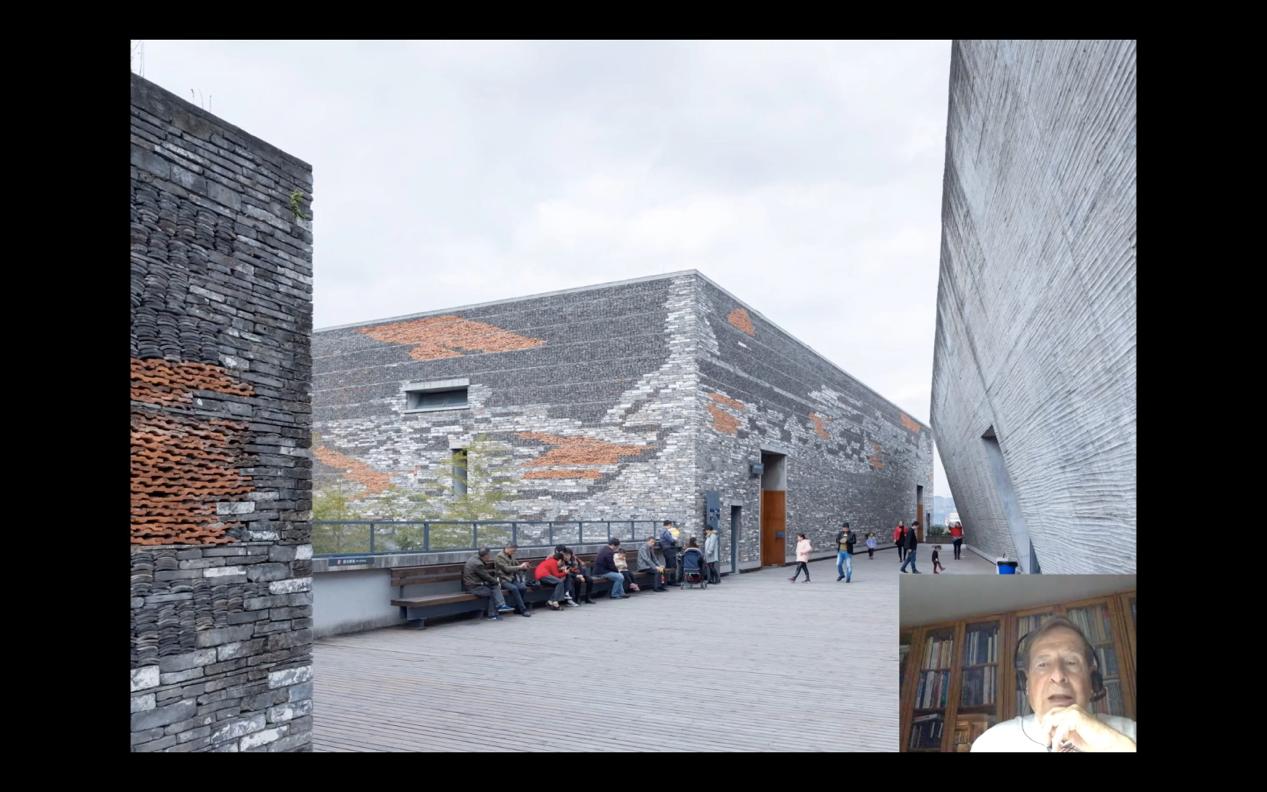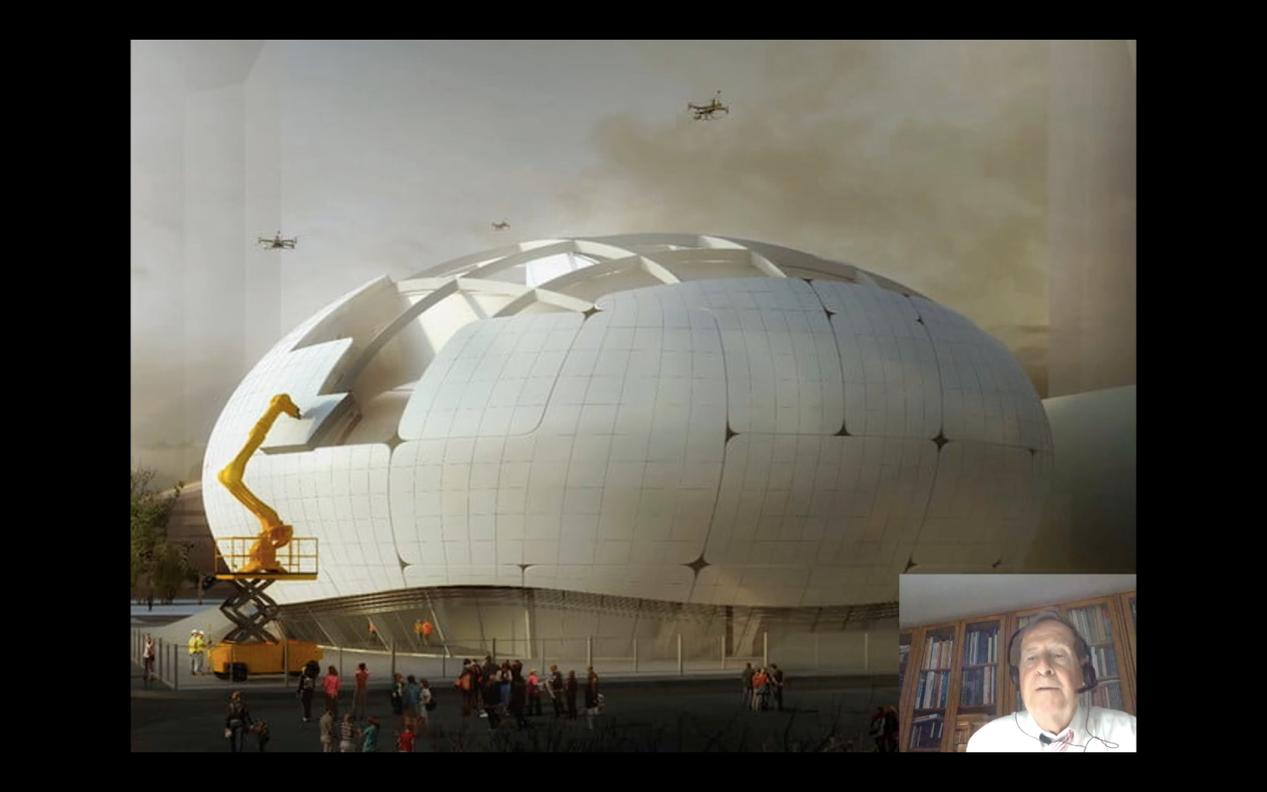Archive Gallery | Professor Joan Busquets @ WDCC 2022

Martin Bucksbaum Professor in Practice of Urban Planning and Design, Harvard Graduate School of Design
Joan Busquets is a world-renowned urban planner, urban designer, and architect, and served as Head of Urban Planning for the Barcelona City Council during the formative years, from 1983 to 1989, and in the preparations for the Barcelona Olympics in 1992, including the New Downtowns program for the City and the improvement process for existing neighborhoods. Prior to joining Harvard, Busquets was Chair-Professor of Town Planning and Urban Design in the School of Architecture at the Polytechnic University of Barcelona from 1979 until 2002. He has participated in strategic urban planning and design — most involving public-private partnerships — for the cities of Den Haag, Lisbon, Marseille, Rotterdam, Singapore, Sao Paulo and Barcelona Metropolis.
Curated by Xing RUAN, Dean and Guangqi Chair Professor of Shanghai Jiao tong School of Design, Joan Busquets was invited to be an expert of the Creative City Network of Shanghai Think Tank. He attended the World Design Cities Conference on 16 September and share his views of globalization and architecture.
(The text is organized by Huang Huaqing, Assistant Prof. of Architecture, & Chen Siyi, Secretary for International Affairs, Shanghai Jiao Tong School of Design)
Globalization and New Trends in Architecture Design
Thanks for your kind invitation to the conference. It seems to me quite relevant that you proposed this topic for discussion. The design disciplines are really having this challenging momentum because there are many things that are changing. One thing that I would like to present is the globe is becoming smaller because of globalization. We cannot deny globalization is a standardizing force that it makes many people feel all cities look alike. Partially it is true, but I don’t feel this is so important. What is very important is that this trend is not addressing the key questions like the climate change etc. Then the buildings that are remarkable in the cities are becoming challenging but at the same time, they’re becoming something we can say globalization tends to be for now.
That was represented by certain architectural prototypes: shopping malls, certain type of skyscrapers that makes our cities look not very interesting. Nevertheless, globalization exists and affects the forms of mobility, but also affects our social interaction. And it has a very positive dimension. We cannot imagine in the period of the pandemics, if we don't have this global network that was operating in a health system as never before, and I think this is something that we have to keep in mind. Globalization doesn't mean that is really negative. We have to start looking at the city and urban architecture when we have our design discussions in another term.
There is room today for a critical approach towards this type of blind or banal globalization and there are alternatives that are really facing the mainstream. There are alternatives that are taking the design of the city seriously and producing some very good examples. Like this idea of the House No. 128 from Soke, it is really zero-carbon could bring. Sometimes people tend to imagine and identify the cities like the human body. I wouldn't say that it is correct, but probably we can use all these terms sometimes to understand how the logics between different parts of the system can be put together, and a logical approach should still be very important.

Nevertheless, I'd like to stress that in the future, local and the cultural roots can be again a part of the Design Culture. Like in this project from Renzo Piano in 1998 in New Caledonia. It produces certain reinterpretation of certain conditions about the wind, the topography, the vegetation of the place.

But probably the most interesting remark is that the sustainable issue should be part of the architecture, not only something that is added because today it is in fashion. I think this is the example of some architecture like that of Peter Zumthor where in this project in Vals in Switzerland, by using a unique material, he is able to develop another form of applying that technology and making that.

Or another case, which I think remarkable as well, is Wang Shu’s proposal for the Ningbo Museum. Recycling material used on the whole building is a way of recycling that is not something added, but is really the building itself. He creates something interesting by manipulating that material properly.

And I like to address that we have to search for some good exemplary projects that can become prototypes that are addressing the design and how Shanghai could be also leading a design effort probably because of researching certain important issues but also offering what are the good prototypes. Today, the production of the buildings and the broken in the city is not any longer the industrial production. But how easy to production can also allow us to do other type of examples from prototype. Like this example, the Seoul Science Museum.

In the end, I think in these types of things we have to search for some key issues that we discovered in the last decade is how important is the integration of the infrastructure into the city. Like in this example in Paris, Massium sector where you can see that a hybrid building is going to be placed and by doing that, the station serves the whole community around. The separate network for this instant RER Rail, which is very powerful in our city, and offering these you have that the connector between the different line at the same time, the part which is rescued from the land of these projects that search for the community also person leaving around that place.

Those are very interesting questions and we are trying to do practice with the students in 2016 for one of the Shanghai Central Stations, this is the winning project of this competition. You can see how it works, and how it represents a solution or a paradigm that can be discussed in this particular station, but also in other cases. If you consider how was this sector that was just the crossing of the connector of highways producing a hold cap in the middle of San Francisco. And becoming an excellent piece into the downtown. Creating this type of street, where you have all different mobility much in that way you can see. The subway train, and also the buses and the cars, or the bicycles. Also, the place of the lobby with all the services and eventually even the garden at the top. This is becoming a gathering place of all these communities of this central business district.

But at the same time, I'd like to remind that we have already certain type of tradition, like the large urban projects that we have with the World Expo. These are places where innovative projects could be addressed and some of the most interesting tackling issues on the sustainable aim can be faced. For instance, if you see this diagram gathering together 100 Expos in the last 150 years. These 100 Expo produce more than 10,000 hectares of city. That equals twice a Manhattan.

Like some very interesting projects in Shanghai when preparing the city for the 2010 World Expo, which was a very interesting period of time when many pieces of spaces, architecture, hybrid buildings experiments. But even we can imagine that when we look back, we have this experience from Moshe Safdie in Montreal in 1967. It creates a certain type of social housing that allows the development of a very innovative construction system. Or spaces like in Lisbon 98, the main space that has this type of big umbrella that allows you to have many people, the market, the festival, many things in front of the river. Probably that could be a very interesting strategy if we try to apply this attitude towards searching for new forms of designing the city and urban architecture and taking advantage of the opportunities that these large urban projects allow us to do.

We have to imagine that architecture is being continuously evolving. For us today, what is challenging is this type of efforts where public space and architecture come together. This is what urban design should do in the future, and probably our design efforts should be addressed clearly in this direction to produce new urban languages that can be used in Shanghai, but then to be also discussed, transported, developed, replaced or rescaled in other communities or in other places.
These will be my contributions with this event and some of the thoughts, the way that we are developing the research about real cases. Our commitment is to address this question but not in a way that we are abandoning one line. We have to be able to find solutions that are really responding to the pressing climate change issue in our society.